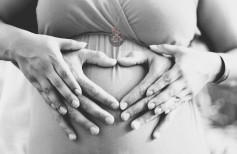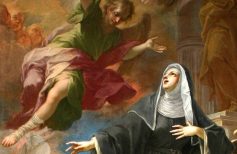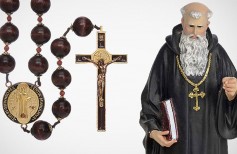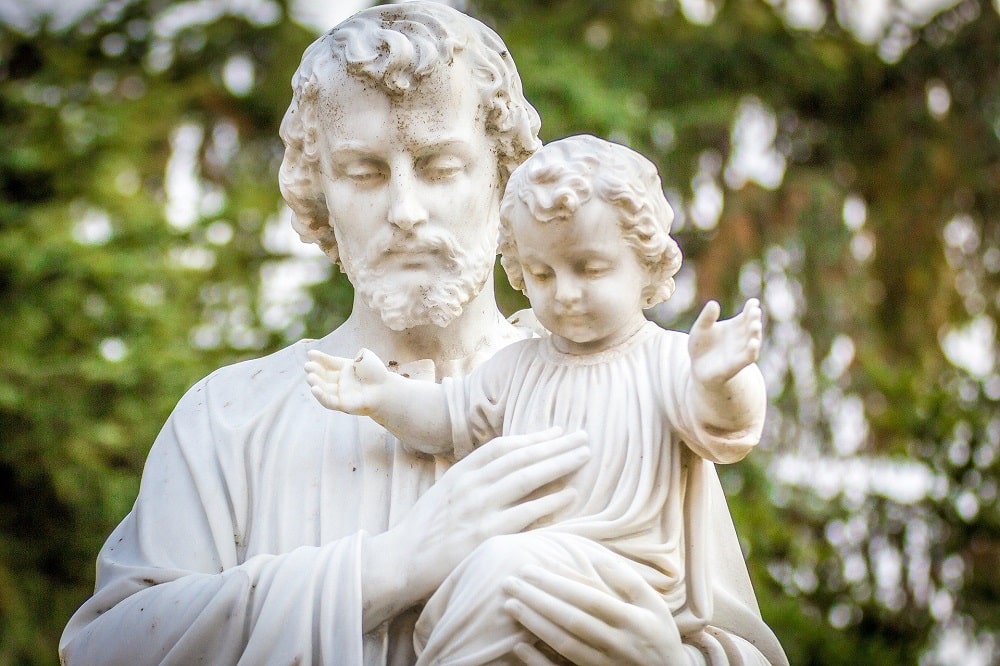Women’s patron saints. On the occasion of the March 8 holiday, but remembered every day as examples, symbols and guardians
Contents
It happens to everyone, at certain times in life, when facing problems big and small or finding oneself in need, to feel the need to turn to someone for help. Or, relieved of a distress, recovering from a particularly hard trial that has worn us down in body and spirit, but from which we have managed to emerge, a gratitude arises in us that needs to be addressed to an external, ineffable presence. These are the occasions when we turn to the patron saints, repositories of our prayers, doubts, fears and, finally, our gratitude.
It would be trite to evoke a special need for patron saints on the part of women, prosaic to do so as March 8 approaches. But whether they like to admit it or not, they are the ones who most often need help, comfort, someone to turn to and seek refuge in. Perhaps because of their many facets. A woman is seldom just a woman: she is a wife, a mother, a housewife, a working woman, a woman who cares for those who are more fragile, weak, and defenseless than she is, and to do this she needs a strength that she cannot always find in herself alone.

Here is a list of patron saints whom women have invoked over the centuries, men and women who have lived and died in Grace, and who by their merits and characteristics have risen to the role of symbols of the strength and love that very often in women become one. From Mary, mother of Jesus, an example of strength, spirit of sacrifice and courage for all women and all mothers, to St. Paschal Baylon, the saint who helps unmarried women find husbands, to St. Anne the patron saint of pregnant women, a quick roundup of those who protect women at every stage of life.
Mary
Virgin Mary, mother of Jesus, chosen by God to carry the Messiah. What else can we say about her? This extraordinary woman consciously chose to receive God into herself, was a docile yet active and conscious instrument of His plan and stood by her son knowing how much pain awaited Him and her, in reflection. This makes her the Mother of all Mothers, the one to whom every man turns in difficult times to intercede for them with the heavenly Father. To her also women turn when they must make difficult choices, mothers and pregnant women when they fear for their children, to her blessed among women.

Saint Anne
St. Anne, mother of the Virgin Mary, who became pregnant at an advanced age is also invoked on the occasion of impossible deliveries and more generally is considered the patron saint of women giving birth, mothers of families and even widows. Pregnant women turn to her praying for a trouble-free delivery, a healthy baby and the milk to feed it properly. She is also invoked against marital infertility. Legend has it that she and her husband Joachim, both members of the Jewish priestly class, were unable to have children, and because of this dishonor her husband had retreated into the desert among the shepherds. An angel then appeared to Anne and announced to her that if she went with her husband to the Golden Gate in Jerusalem and kissed him, she would conceive a child. Thus, Mary was born, whose name in Hebrew means ‘beloved of the Lord.’ St. Anne patroness of women in childbirth is celebrated on July 26.

The story of Saint Anne Mother of Mary
On July 26, St. Anne and St. Joachim, the parents of the Virgin Mary, are celebrated. Let’s find out why.
St. Mary Frances
St. Mary Frances of the Five Wounds, who lived in Naples in the 12thXth century, is another of the saints who protect infertile and pregnant women. Growing up with an abusive father who mistreated her, and whose beatings she endured with such patience that she was nicknamed “santarella” from childhood, she took vows. She was said to possess the gift of prophecy. Her liturgical memorial is celebrated on October 6 and she is considered patron saint of Naples’ Spanish Quarter and protector of infertile and pregnant women. When she was seized with the pains of the Passion she used to sit on a special chair, now kept in the small museum dedicated to her in Vico Tre Re in Toledo in the Spanish Quarters. Today that chair is known as the “fertility chair,” and many women who wish to become mothers sit on it every day and pray asking St. Mary Frances for grace. In a small side chapel hang hundreds and hundreds of pink and blue ribbons and photos of newborn babies, joyful votive offerings for this special saint.
Saint Paschal Baylon
Perhaps not everyone knows that the word “zabaglione” used to define the rich cream of egg yolks and sugar combined with marsala or sweet wine or liqueur comes from the name of a saint who lived in the 17th century. Of Spanish origin, St. Paschal Baylon belonged to the order of Friars Minor. Legend has it that to women who came to him complaining about their husbands’ lack of vigor, the holy man suggested that they be given precisely eggnog! That is why he is considered the protector of cooks and pastry chefs, but also of women, especially those without husbands. Famous is the prayer dedicated to him by spinsters:
Saint Paschal Baylonne, protector of women,
let me find me a husband, white, red and colored,
like you, such as, O glorious Saint Paschal

Saint Gerard Maiella
Another saint, St. Gerard Maiella, is universally recognized and invoked as the protector of pregnant women. Gerard was a native of Basilicata, belonged to the Congregation of the Most Holy Redeemer and lived just under 30 years in the mid-12th century. Of poor health and sweet and humble disposition, according to devotional tradition he saved the life of a woman who was dying in childbirth. Many years earlier, as a child, she had received a handkerchief from the visiting saint in her home and at his suggestion had kept it until then. Near death, she asked the doctors to take it and put it on her belly, and immediately the pain vanished and the birth ended happily for her and the child. The liturgical memory of St. Gerard falls on October 16. His shrine and tomb are visited every year by hundreds of pregnant women and young mothers who, thanks to him, have given birth without any problems. The shrine is home to the Hall of Bows, decorated with thousands of pink and blue bows donated as a sign or gratitude.

Saint Monica
Saint Monica of Tagaste has always been considered a symbol for all mothers. This is because she was the mother of St. Augustine of Hippo, who before converting and becoming the extraordinary churchman he became was an unrepentant daredevil. The mother had to use all her fortitude and courage, as well as her unwavering faith, to endure the rebellion of that son, to the welfare and salvation of whom she devoted her entire existence. Certainly her efforts were rewarded. She never prevented her son from living his own life, even if she considered it wrong, and she followed him in his wanderings, even when he tried to escape and lied to her, remaining by his side as a discreet, loving and wise presence. Eventually, thanks to her advice and love, Augustine was converted and received catechesis from St. Ambrose. St. Monica became the patron saint of married women, mothers and widows, a landmark and symbol for women in every age. Here is what her son wrote of her, “To her I owe all that I am” (The Happiness, 1:6) and again, in the Confessions, “She begot me both with her flesh that I might come into the light of time and with her heart that I might be born into the light of eternity.”

Saint Monica: patron saint of mothers and example for women
Saint Monica of Tagaste was a woman endowed with extraordinary strength of mind and unwavering faith. Let’s find out why she’s become a symbol for all mothers.
St. Dominic Savio
The last patron saint of women we want to remember died when he was just 14 years old. He is St. Dominic Savio, a pupil of St. John Bosco, who despite his very short life distinguished himself by grace, faith and virtue. He is invoked as the protector of women in childbirth, especially in cases of high-risk pregnancies. And linked to him is the tradition of the little gown of St. Dominic Savio. Women who have to give birth and are afraid go on pilgrimage to the chapel of the shrine of Mary Help of Christians, in Turin, which houses his mortal remains, or have a ‘little gown,‘ a small scapular around their neck bearing the image of the saint, and reproducing the one placed around the neck by Dominic himself to his mother, who was suffering from her last pregnancy, and who, thanks to her son’s devotion and the intercession of the Virgin Mary, healed and gave birth to him a little sister, Catherine.






















